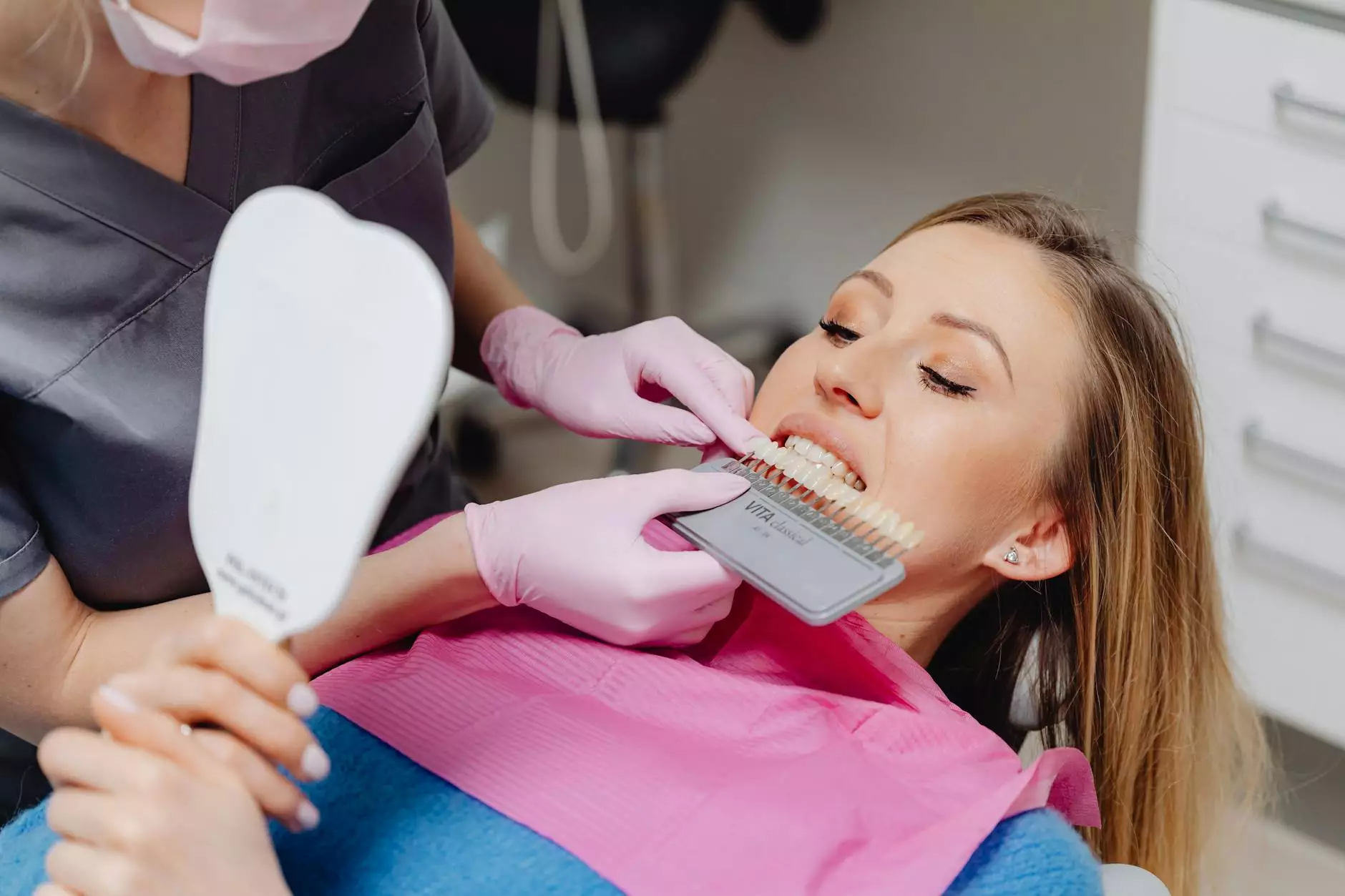Understanding the Symptoms of Spider Veins

Spider veins, often regarded as a mere cosmetic concern, can point to underlying health issues that require attention. This article delves into the symptoms of spider veins, their causes, potential complications, and available treatment options, helping you make informed decisions about your vascular health.
What Are Spider Veins?
Spider veins, medically known as telangiectasia, are small, dilated blood vessels that are close to the surface of the skin. They typically appear as thin, web-like structures in shades of red, blue, or purple. While they can occur anywhere on the body, they are most commonly found on the legs and face.
Common Symptoms of Spider Veins
The symptoms of spider veins can vary from person to person. However, some of the most commonly reported symptoms include:
- Visible Vascular Changes: The most apparent sign is the spider-like appearance of veins that become noticeable on the skin.
- Localized Pain or Discomfort: Some individuals report aching, cramping, or a sensation of heaviness in the area affected by spider veins.
- Itching or Burning: Affected areas may sometimes itch, burn, or feel irritated.
- Swelling: In some cases, swelling of the legs and ankles can occur, particularly after prolonged standing or sitting.
- Skin Changes: Skin discoloration or changes in texture may accompany the appearance of spider veins.
Causes of Spider Veins
Understanding the underlying causes of spider veins is essential for both prevention and treatment. Key contributing factors include:
- Genetics: A family history of spider veins increases your likelihood of developing them.
- Hormonal Changes: Hormonal fluctuations during pregnancy, puberty, or menopause can lead to vein dilation.
- Prolonged Sitting or Standing: Occupations that require long periods of immobility can hinder blood circulation.
- Obesity: Excess body weight can put added pressure on the veins, leading to their enlargement.
- Age: Natural aging processes can weaken vein walls and valves, increasing susceptibility.
Preventing Spider Veins
Though genetic factors cannot be altered, there are several proactive measures that can reduce your risk of developing spider veins:
- Regular Exercise: Engaging in physical activity boosts circulation and strengthens the muscles that support veins.
- Weight Management: Maintaining a healthy weight can minimize excessive pressure on the veins.
- Compression Stockings: Wearing compression garments can aid circulation and prevent vein dilation.
- Leg Elevation: Elevating your legs can reduce swelling and improve blood flow.
- Healthy Diet: Consuming foods rich in fiber and antioxidants can promote vascular health.
Complications Associated with Spider Veins
While often harmless, spider veins can sometimes lead to complications, which may include:
- Ulcers: In severe cases, spider veins may contribute to the formation of ulcers on the skin.
- Blood Clots: In rare instances, spider veins can signal the presence of more serious venous issues.
- Varicose Veins: Spider veins can precede or accompany the development of varicose veins, which are larger, swollen veins that can cause more significant discomfort.
When to Consult a Specialist
If you notice any of the symptoms of spider veins or experience discomfort, it is crucial to consult a healthcare professional. Early evaluation can help determine whether your spider veins are merely cosmetic or indicative of more severe vascular issues.
Diagnosis of Spider Veins
During your appointment, your healthcare provider will conduct a thorough examination and may recommend tests such as:
- Ultrasound Imaging: This test helps visualize blood flow and assess the function of your veins.
- Visual Assessment: A physical examination typically allows doctors to identify spider veins based on their appearance.
Treatment Options for Spider Veins
Fortunately, various effective treatment options exist for spider veins:
- Sclerotherapy: This is a common procedure in which a solution is injected into the affected veins, causing them to collapse and fade.
- Laser Therapy: Laser treatment uses focused light to target and eliminate spider veins without affecting the surrounding skin.
- Radiofrequency Ablation: This technique utilizes radiofrequency energy to heat and close off dilated veins.
- Endovenous Laser Treatment (EVLT): Similar to radiofrequency ablation, EVLT is a minimally invasive procedure that employs lasers to treat affected veins.
- Venous Surgery: In more severe cases, surgical intervention may be necessary to remove problematic veins.
Post-Treatment Care and Considerations
After undergoing treatment for spider veins, adhering to your healthcare provider's recommendations is vital for optimal recovery. Key considerations include:
- Avoiding Strenuous Activity: Limit physical activity for a few days to avoid stressing the affected areas.
- Wearing Compression Stockings: Your doctor may recommend wearing stockings to support recovery and improve circulation.
- Regular Follow-Ups: Schedule follow-up appointments to monitor healing and assess the treatment's effectiveness.
Living with Spider Veins
Living with spider veins can be challenging, especially if they cause discomfort or impact your self-esteem. However, understanding the symptoms of spider veins and recognizing that effective treatments exist can empower you to seek appropriate care and make lifestyle adjustments.
Final Thoughts
Spider veins are a common issue that can affect not only your physical health but also your emotional well-being. By being proactive about your vascular health—remaining informed about the symptoms of spider veins, adopting preventive measures, and seeking timely medical advice—you can take significant steps towards managing spider veins effectively. Remember, you don't have to live with them; help is available.
Contact Truffles Vein Specialists
If you're experiencing symptoms of spider veins or are concerned about your vascular health, Truffles Vein Specialists offers expert consultations and treatments tailored to your individual needs. Our team of professionals is ready to help you regain confidence and live healthier.
Additional Resources
To further educate yourself about spider veins and related conditions, consider exploring the following resources:
- Healthline: Comprehensive articles about spider veins, their symptoms, and treatment options.
- Mayo Clinic: Reliable information regarding various vascular conditions, including spider veins.
- WebMD: A great resource for understanding spider veins and their implications on health.
Embrace the journey towards better vascular health by staying informed and proactive. Your health deserves it!



